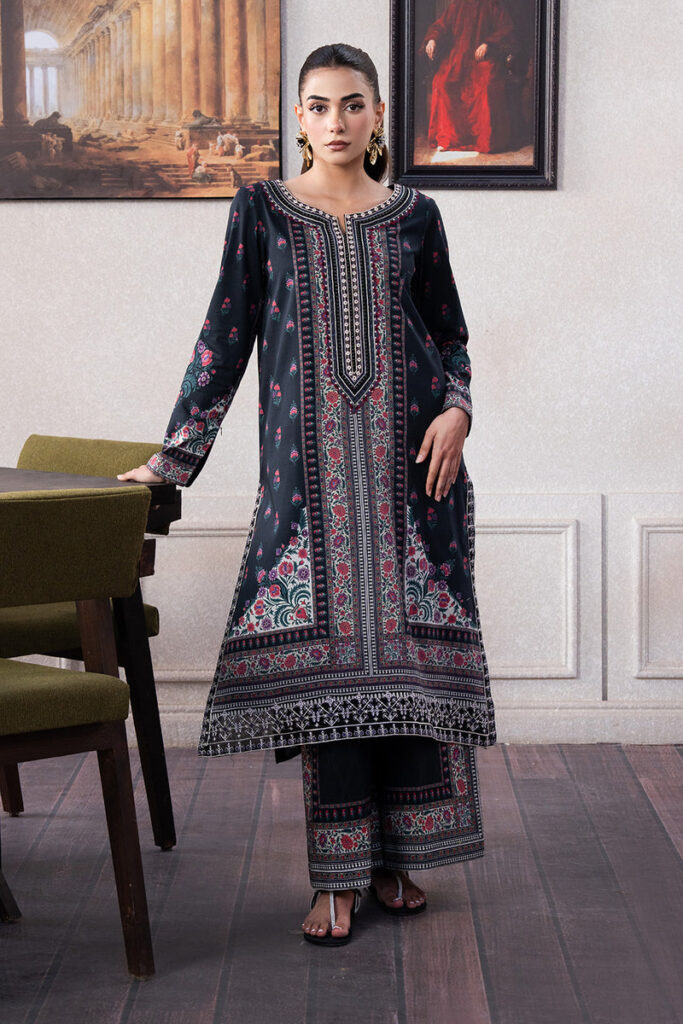Cashmere scarves are synonymous with elegance, luxury, and sophistication. Renowned for their softness, warmth, and lightweight texture, cashmere scarves have become a must-have accessory for fashion enthusiasts and practical-minded individuals alike. Whether draped casually or styled for formal occasions, these scarves offer an unmatched level of comfort and versatility. In this blog, we’ll explore everything about cashmere scarves, including their origins, qualities, styles, and how to care for them, as well as why they remain a symbol of refined fashion.
The Origins of Cashmere
Cashmere is derived from the fine undercoat of cashmere goats, primarily found in the high-altitude regions of Asia, including Mongolia, China, India, and Nepal. The name “cashmere” is derived from the region of Kashmir, which was historically known for producing fine shawls made from this luxurious wool. Cashmere goats have evolved to withstand harsh winter conditions, and their soft undercoat helps protect them from extreme cold. This undercoat is harvested in the spring when the goats naturally shed, allowing farmers to gather the fibers without harming the animals.
The production of cashmere is labor-intensive and requires great care, which contributes to its higher price compared to other types of wool. It takes the fleece of several goats to produce just one scarf, adding to the rarity and luxury of the material. Cashmere’s association with wealth and prestige dates back centuries, as it was once a highly prized commodity among royalty and aristocracy.
The Unique Qualities of Cashmere
Cashmere is often referred to as the “diamond of fibers,” and for good reason. Its unique qualities set it apart from other woolen materials:
- Softness: Cashmere fibers are finer and softer than traditional wool. The fibers measure between 14-19 microns in diameter, compared to regular wool, which can range from 20-40 microns. This fine texture gives cashmere its signature softness that feels gentle and luxurious against the skin, making it perfect for scarves that are worn close to the face and neck.
- Warmth: Despite being incredibly lightweight, cashmere is up to eight times warmer than regular wool. The natural crimp of the fibers traps air, providing excellent insulation while remaining breathable. A cashmere scarf will keep you warm and cozy during cold weather without the bulk of heavier materials.
- Lightweight: Cashmere is prized for its ability to provide warmth without weight. This makes cashmere scarves a practical choice for layering, as they add a touch of luxury without feeling heavy or cumbersome.
- Durability: High-quality cashmere, when cared for properly, is extremely durable and can last for years, even decades. Over time, cashmere develops a beautiful patina, making it more lustrous with wear. Although delicate, cashmere scarves are an investment that can withstand regular use if maintained correctly.
- Hypoallergenic: Unlike some other types of wool, cashmere is hypoallergenic and less likely to irritate the skin. This makes it an excellent choice for individuals with sensitive skin or those who find other wool fabrics itchy or uncomfortable.
Popular Styles of Cashmere Scarves
Cashmere scarves come in a variety of styles, colors, and sizes, allowing for endless versatility and personalization. Here are some of the most popular styles:
- Classic Cashmere Scarves: These timeless pieces are rectangular and typically feature solid colors or simple patterns like stripes or checks. They can be worn casually with a coat or jacket or elegantly draped over a formal outfit. Classic cashmere scarves are wardrobe staples, providing understated luxury that complements any look.
- Oversized Cashmere Wraps: For added warmth and drama, oversized cashmere wraps or shawls are perfect. These larger pieces can be draped over the shoulders like a cape or wrapped around the body for a chic, cozy look. Their versatility makes them ideal for travel, as they can double as a blanket or a sophisticated wrap for evening events.
- Patterned Cashmere Scarves: While solid-colored cashmere scarves are classic, there are many beautiful patterned options available, ranging from traditional plaids to modern geometric designs. These scarves add visual interest to an outfit and can be a great way to express personal style.
- Fringed or Tassel-Trimmed Scarves: Adding a touch of playfulness, many cashmere scarves feature fringes or tassels at the ends. These embellishments lend a bohemian or casual vibe to the scarf, making them a great accessory for more relaxed, everyday wear.
- Two-Tone or Reversible Cashmere Scarves: For added versatility, two-tone or reversible cashmere scarves offer multiple styling options in one piece. With different colors or patterns on each side, they provide flexibility in coordinating with different outfits.
How to Style a Cashmere Scarf
One of the great advantages of a cashmere scarf is its ability to transform any outfit. Here are a few ways to style a cashmere scarf:
- The Classic Drape: Simply drape the scarf around your neck and let both ends hang down in front. This is an effortless way to showcase the luxurious texture of the cashmere while keeping warm.
- The Loop Knot: Fold the scarf in half, place it around your neck, and pull the loose ends through the loop. This knot provides added warmth and looks polished, making it perfect for pairing with a coat or blazer.
- The Wrap: For oversized wraps or shawls, drape the scarf over your shoulders and let it hang loosely or wrap it around your body like a blanket. This look is ideal for staying cozy during cooler days.
- The French Knot: Tie the scarf loosely around the neck and adjust it so that it sits snugly but comfortably. This knot is stylish and elegant, suitable for both casual and formal outfits.
- Layered with Jewelry: Pairing a cashmere scarf with delicate jewelry, such as a long necklace or statement earrings, adds a sophisticated touch. The scarf can be styled to frame the jewelry, creating a cohesive and elevated look.
How to Care for Cashmere Scarves
While cashmere is durable, it requires proper care to maintain its softness and longevity. Here are some essential tips:
- Avoid Frequent Washing: Cashmere doesn’t need to be washed as often as other fabrics. After each use, air out your scarf to prevent odors. If it does need cleaning, opt for hand washing or dry cleaning.
- Hand Washing: If washing at home, use cold water and a mild detergent specifically formulated for delicate fabrics like cashmere. Gently soak the scarf and avoid wringing or twisting it to preserve its shape.
- Dry Flat: Lay the scarf flat on a towel and reshape it while it dries to prevent stretching. Avoid hanging the scarf, as this can cause the fibers to stretch out.
- Pilling: Cashmere can develop small balls of fiber known as pilling, especially in areas that experience friction. To remove pills, use a cashmere comb or fabric shaver, being careful not to damage the fibers.
- Storage: When not in use, store cashmere scarves in a breathable fabric bag, away from direct sunlight and moisture. Mothballs or lavender sachets can help protect against moths that may damage the fibers.
Why Cashmere Scarves Are Worth the Investment
Though cashmere scarves are considered a luxury item, they are well worth the investment due to their unparalleled qualities. The softness, warmth, and durability of cashmere make it a timeless accessory that can elevate any wardrobe. Additionally, the versatility of cashmere scarves ensures that they can be worn in a variety of settings, from casual daywear to formal evening attire. With proper care, a cashmere scarf can last for many years, becoming a cherished piece in your collection.
Conclusion
Cashmere scarves are much more than just a cold-weather accessory; they are an emblem of sophistication, comfort, and timeless style. Their luxurious feel, versatility, and exceptional warmth make them a favorite among fashion lovers and practical wearers alike.









